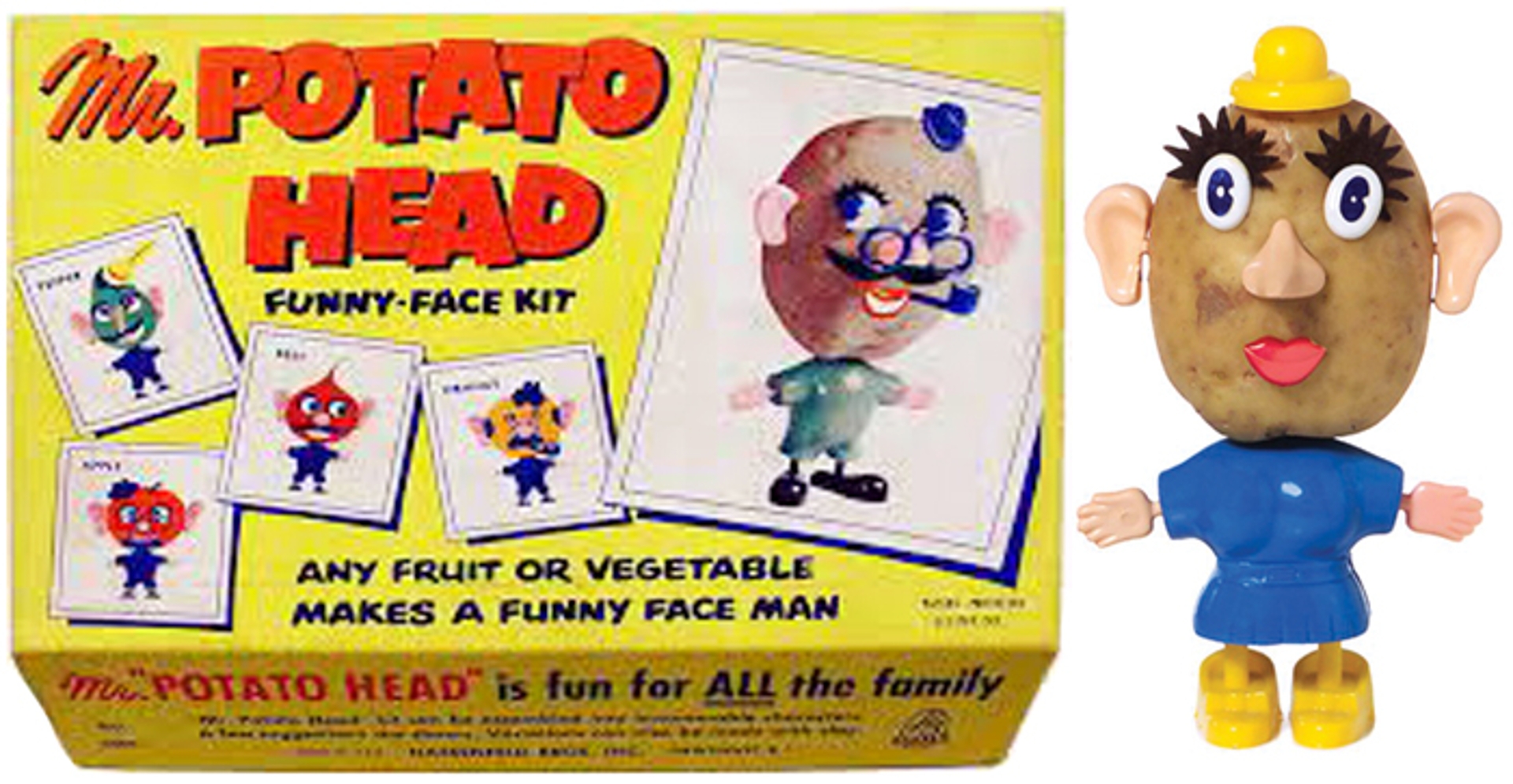21
Dec 2022
By Kathi Ferguson
Let there be no doubt that in writing this, I am dating myself. However, as the years go by, we tend to hark back to our childhood memories. Perhaps no time throughout the year beckons reminiscing of what used to be than during the holiday season—especially when it comes to the gifts we found (or hoped to find) under the tree on Christmas morning. Each generation of kids has had a list of must have toys, and getting that list to the North Pole in time for Santa’s arrival was a standing tradition.
Many of America’s favorite toys were introduced during the post-World War II era and gained popularity among the baby boom generation. At Christmastime, children asked Santa Claus for things such as a Barbie doll, Etch A Sketch, G.I. Joe or Tonka Truck. Other popular playthings included Play-Doh, Slinkies and Mr. Potato Head. What fun, and not an app in sight!
Here are some interesting facts about some of these classic items, several of which have been inducted into the National Toy Hall of Fame, which is part of the Strong National Museum of Play in Rochester, N.Y.
Barbie
Ruth Handler, one of the founders of Mattel Toy Co., introduced the most popular fashion doll of all time in 1959. Handler got the idea for Barbie after noticing her daughter, Barbara, dressing adult paper dolls in cutout clothing. She based Barbie, an all-American blonde, pony-tailed beauty, on a redesign of a sultry German comic book character. Barbie debuted at the American International Toy Fair in New York City and originally cost $3. Barbie’s handsome boyfriend, Ken, was introduced in 1961.
Duncan Yo-Yo
Children have played with versions of the yo-yo since ancient times, but the toy did not become an American marvel until a national TV advertising campaign by Duncan Toys Co. in the 1960s. Donald F. Duncan bought rights to the plaything-on-a-string from California entrepreneur, Pedro Flores, who began making wooden yo-yos in the 1920s in the tradition of his Filipino forefathers. Yo-yo means “come-come” in a native Philippine language. Still enjoyed by many today, yo-yo routines have become much more sophisticated, but tricks such as the Gravity Pull, Around the World, Walk the Dog, and Skin the Cat remain classics.
Mr. Potato Head
It all started with a potato and three-dimensional plastic face parts – eyes, ears, noses, and mouths – that allowed children to create whimsical playmates by pushing the sharp pronged objects into the spud. George Lerner of New York City came up with the design in 1949, selling the toy to a cereal company that planned to use the plastic pieces as prizes in cereal boxes. Mr. Potato Head did not carry the day, however, until Hasbro toys bought Mr. Lerner’s idea. It would soon become the first toy ever advertised on television in 1952.
Etch A Sketch
As a kid who loved to draw, the gift of an Etch A Sketch one Christmas put me over the moon! With its twin dials and erasable screen, I could sketch to my heart’s content, make it disappear with the shake of the plastic console, and start anew without ever putting pen to paper. The idea was conceived in the mid-1950s by French electrician, Andre’ Cassagnes, who designed the drawing toy with a joystick, glass screen and aluminum powder. Etch A Sketch became a commercial hit in 1960 when it was mass-produced and marketed by The Ohio Art Company of Bryan, Ohio.
Slinky
True to its name, the word slinky is Swedish for “stealthy, sleek and sinuous”. The idea came about in 1943 when Richard James, an American naval engineer, was experimenting with springs to keep sensitive ship equipment steady at sea. One of the metal coils fell to the ground and continued to move across the floor and the idea for the toy was born. His wife, Betty, came up with the name for the crazy coil and Slinky soon debuted at Gimbel’s Department store in Philadelphia in 1945, selling for $1 each. Sending the Slinky down the stairwell was the best!






